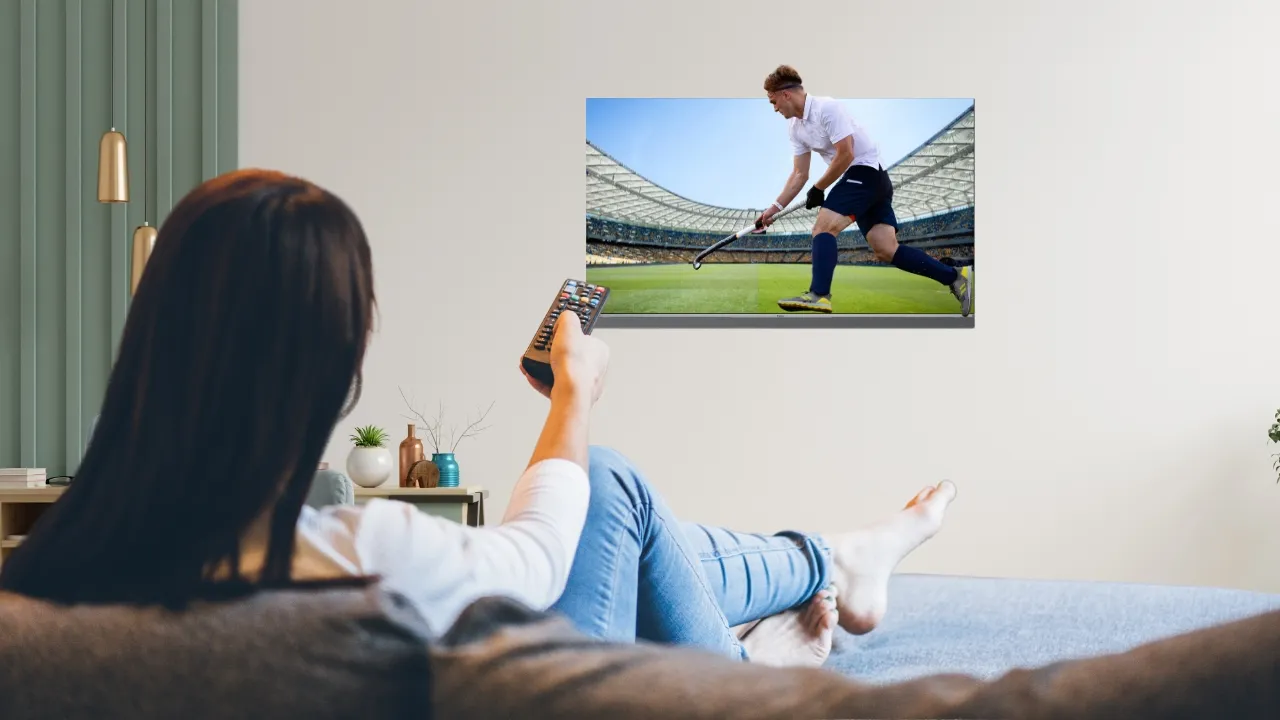The world of television technology is always changing, with new display types coming out every day. But among all these choices, two have risen to the top as leaders in picture quality: Mini LED vs OLED. As Indian viewers become more demanding about what they want from their screens, it’s important to know which one will work best for you before making a purchase decision.
First Things First
What is a mini LED?
Mini LED is an evolution of traditional LCD displays that are backlit by LEDs. These LEDs are much smaller than normal ones (about the size of a red blood cell), so there can be thousands across the screen instead of just a few dozen big ones along the edges. This allows for much more precise local dimming – where parts of the picture get darker while others stay bright – creating higher contrast ratios and deeper blacks.
What is OLED?
OLED stands for Organic Light Emitting Diode. Unlike other TVs that have a backlight shining through liquid crystal pixels, each pixel on an OLED screen creates its own light when an electric current passes through organic compounds that glow different colors depending on how much charge they’re given.
Battle Royale: Picture Quality Face-off
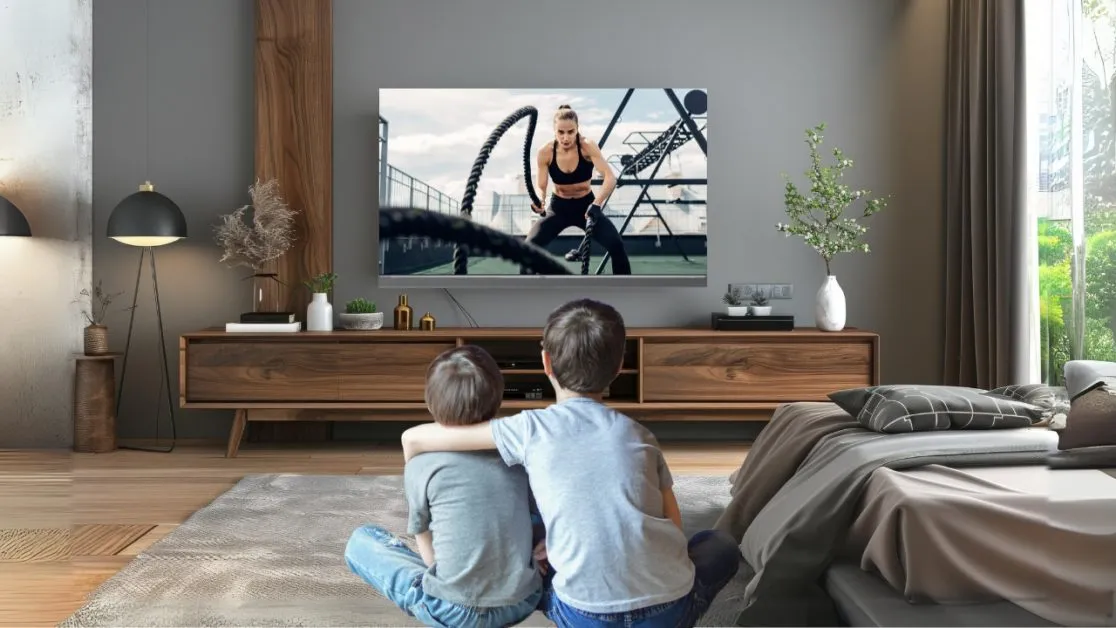
Contrast and Black Levels
OLED has long been considered unbeatable when it comes to contrast and black levels because individual pixels can be completely turned off – meaning perfect blacks can be achieved since no light is emitted at all. However, mini LED TVs have made huge strides in this area recently with many dimming zones where some parts of the image get darker while others stay bright, creating higher contrast ratios and deeper blacks similar to what you would see on an OLED panel.
Brightness & HDR Performance
When it comes to brightness in Mini LED vs OLED, though, there’s really no contest: mini LEDs win hands down every time due to their ability to push out way more peak units than even the best OLEDs can manage. This makes them ideal for use in a well-lit room or with HDR content that takes advantage of very bright highlights to create a more immersive viewing experience.
Color Accuracy and Vibrancy
Both display types are capable of producing rich, vibrant colors which look great, but when it comes down to it, OLED just has an edge over mini LED because its pixels can glow brighter or dimmer depending on how much charge they’re given – whereas with Mini LED displays all the LEDs across the screen light up at once, meaning they’re not able to show as wide a range of hues within any given color space.
Practical Considerations
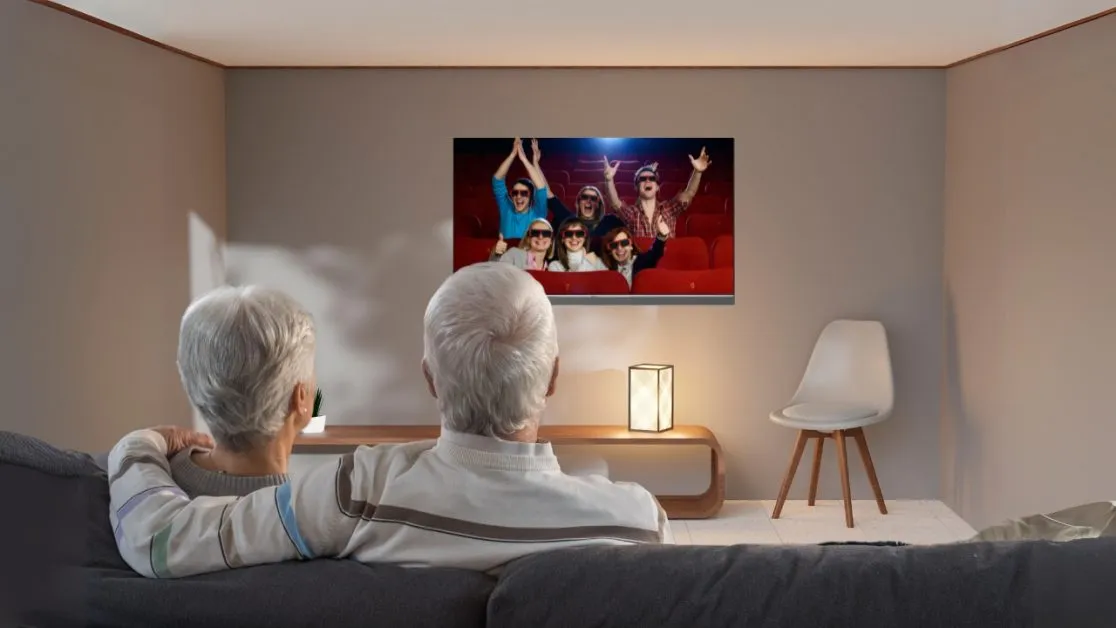
Longevity & Burn-in
One thing you should know about OLEDs is that they have a limited lifespan. While this isn’t usually something you’d notice during your average TV-viewing lifetime (which is why manufacturers still offer warranties), it’s worth remembering if planning on using one as an all-day computer monitor or something similar where static elements like desktop icons might be present for hours without changing – because over time those parts will age faster than others, resulting in visible wear such as temporary image retention (a ghostly afterimage left behind when bright objects move off-screen) which may last minutes or even hours before fading away again.
On the other hand, there are no such issues with burn-in whatsoever associated with mini LEDs, so they’re worry-free in this regard.
Perspectives on Seeing
Up to now, OLED displays are considered the best in terms of viewing angles because they can keep displaying an image well even if it is observed from a side. Mini LED technology has brought some changes in this area: although some models still have color shifts or reduced contrast at extreme angles.
Energy-saving Ability
In terms of energy efficiency in Mini LED vs OLED comparison, OLED always wins. Since there’s no need for backlighting and pixels can be turned off individually, OLED TVs consume less power, especially when playing dark content. Although mini LED TVs use less energy than traditional LED-LCDs due to their high-brightness capabilities, they may still consume more power.
The Indian Market Perspective
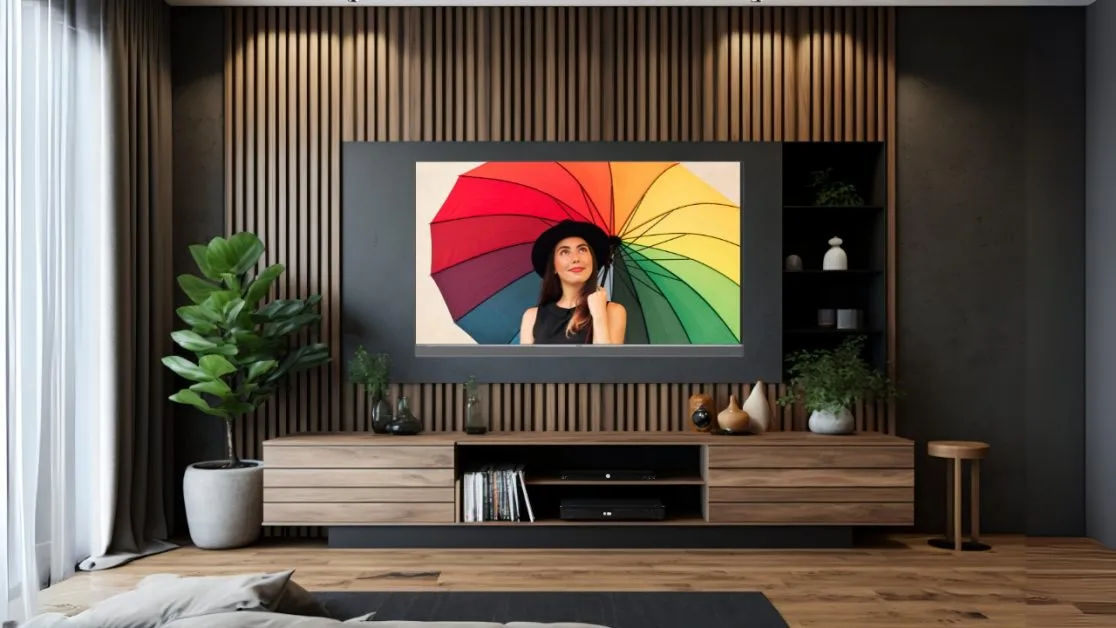
In India, where value for money is key to most people’s purchasing decisions, both Mini LED and OLED technologies offer interesting choices depending on what consumers want. This is because mini LEDs are very bright, thus have good HDR performance, making them suitable for use in living rooms which are usually well lit.
On the other hand, OLED televisions attract movie enthusiasts who love black colors as well as those looking for overall superior picture quality despite being more expensive than other types of TVs manufactured today. Over time, with improved production techniques along with reduced costs associated with these devices, an increasing number of people will start accessing such high-end gadgets at affordable prices.
Display Technology Tomorrow
The truth is that either of these two inventions (Mini LED or OLED) will continue evolving until we achieve better picture quality while conserving energy and reducing costs too. Manufacturers always strive harder every day so that they come up with new innovations like MicroLEDs among others very soon.
Currently though, when deciding between Mini LED vs Oled, one should consider his/her personal preference vis-à-vis where he/she watches from since each has its own unique features designed to accommodate different needs individuals have during viewing sessions within various spaces at home theaters, etc.
Haier India: Trailblazing Mini Led Technology

When you talk about cutting edge display technologies, Haier India cannot miss out on the list of companies that have been doing remarkable things in this field. For instance, their QD-MINI LED 4K Smart TV model number M95E is among the bestsellers when it comes to mini LED TVs designed for Indian customers who are looking forward to having an amazing home entertainment experience.
Haier M95E: Aesthetic Marvel
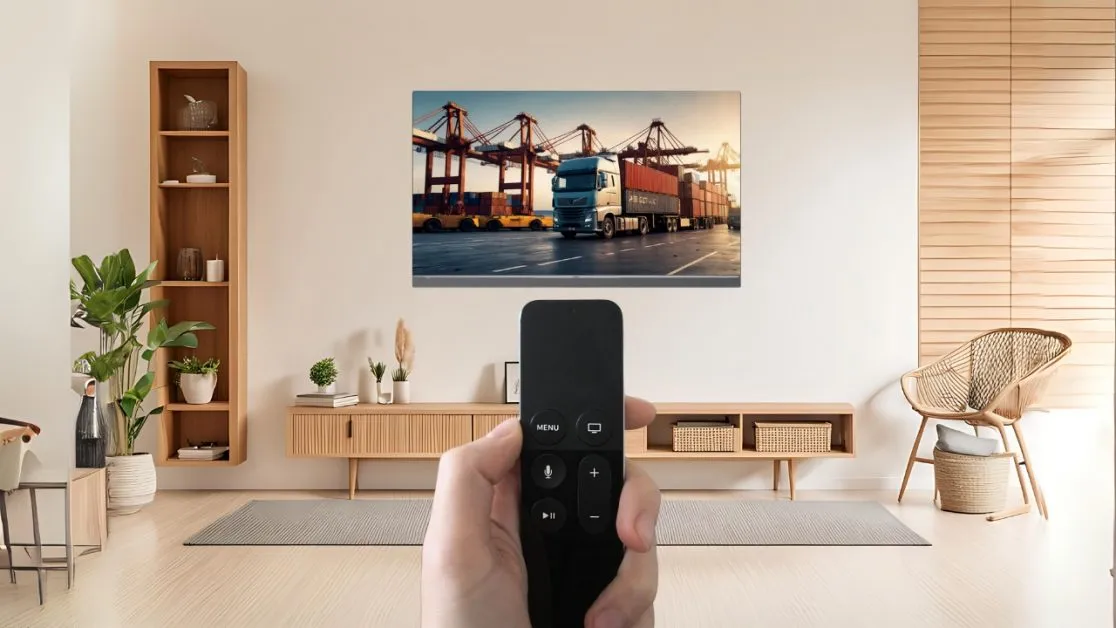
The beauty of the Haier M95E lies in its features which clearly reveal what can be achieved with Mini LED technology:
- Exquisite Pictures: You will never cease to be amazed by the quality of images produced by this product thanks to 2000 nits peak brightness capability and the presence of 720 local dimming zones that enhance contrast levels, thus giving better HDR performance than any other similar device available on the market today.
- Seemingly Effortless Transitioning: With a refresh rate as high as 144Hz, even fast-paced scenes such as those found in sports movies look smooth without any noticeable blurring effects at all.
- Immersive Soundscapes: The combination of Harman Kardon speakers and Dolby Atmos support ensures that your living room becomes like a movie theater where you can enjoy great audio while watching different kinds of films or playing games consoles connected to the TV set through HDMI cables, etc.
- Intelligence Incorporated: Google TV powers all smart capabilities found within M95E; thus users get access to a wide range of apps and streaming services from various providers using just a single remote control which also acts as a voice input device, making operation easy and convenient even for children and elderly persons.
- Networking Flexibility: WiFi six readiness means faster internet speeds when browsing and downloading files online via web browsers built into the television sets themselves.
After comparing all the features, pros, and cons in this Mini LED vs OLED write-up, we can say for sure that Mini LED and OLED are both worth it. The high-end televisions of today have never before achieved such a level of picture quality that truly brings home entertainment to life, whether you opt for the brightness and HDR performance provided by Mini LED or the perfect blacks given by OLED.

